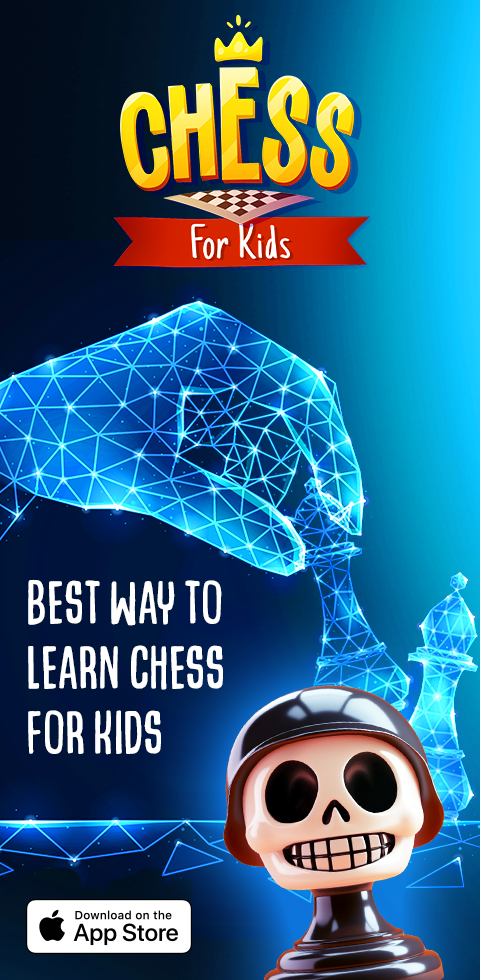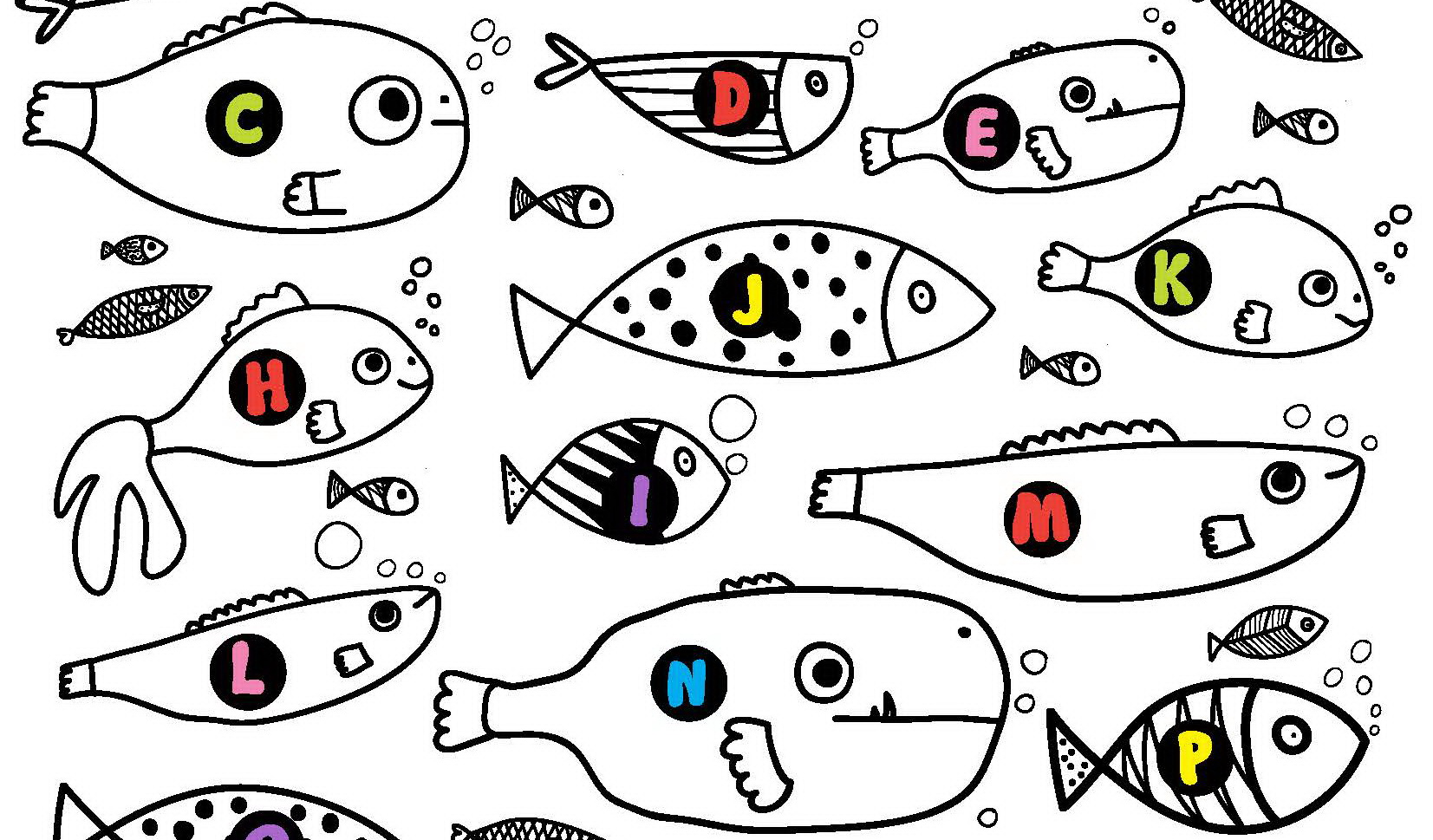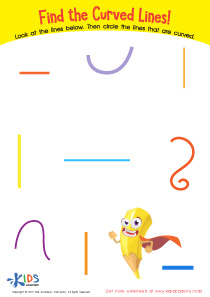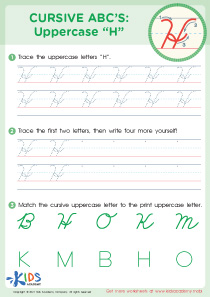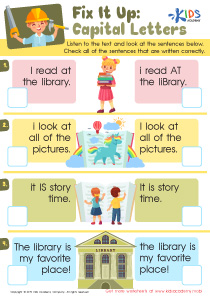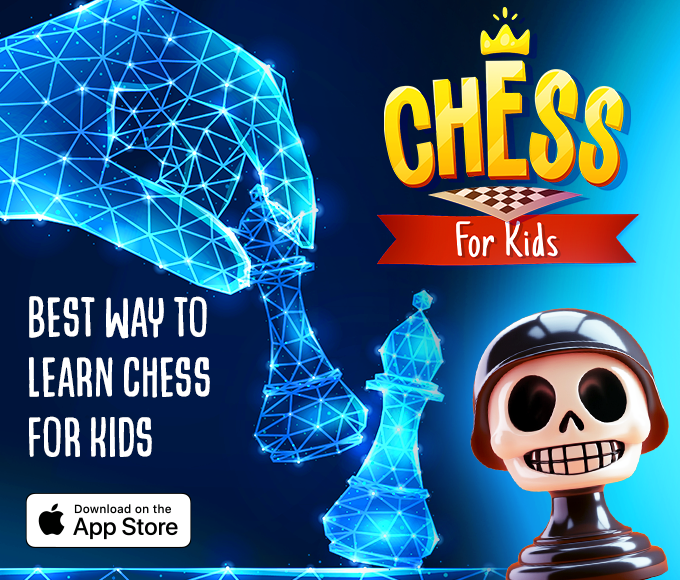Phonics Skills Letter Recognition Worksheets for Ages 6-9
8 filtered results
-
From - To
Help your child master essential phonics skills with our Letter Recognition Worksheets, designed specifically for ages 6-9. Our engaging and educational worksheets focus on identifying and recognizing letters, paving the way for successful reading and writing. Each activity features fun exercises that foster learning in an enjoyable way. Kids can practice matching letters, tracing, and identifying sounds, enhancing their phonemic awareness. Perfect for classroom and home use, these worksheets provide consistent practice that builds a solid foundation for early literacy. Boost your child's confidence and skills with these expertly crafted phonics resources.
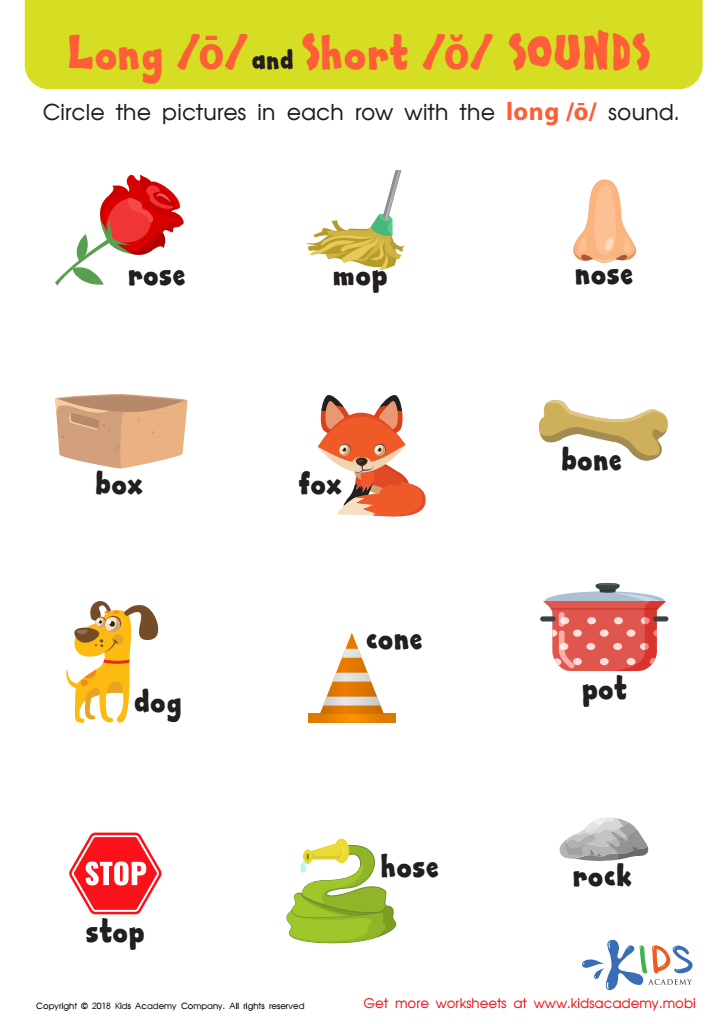

Reading: Long O and Short O Sounds Worksheet
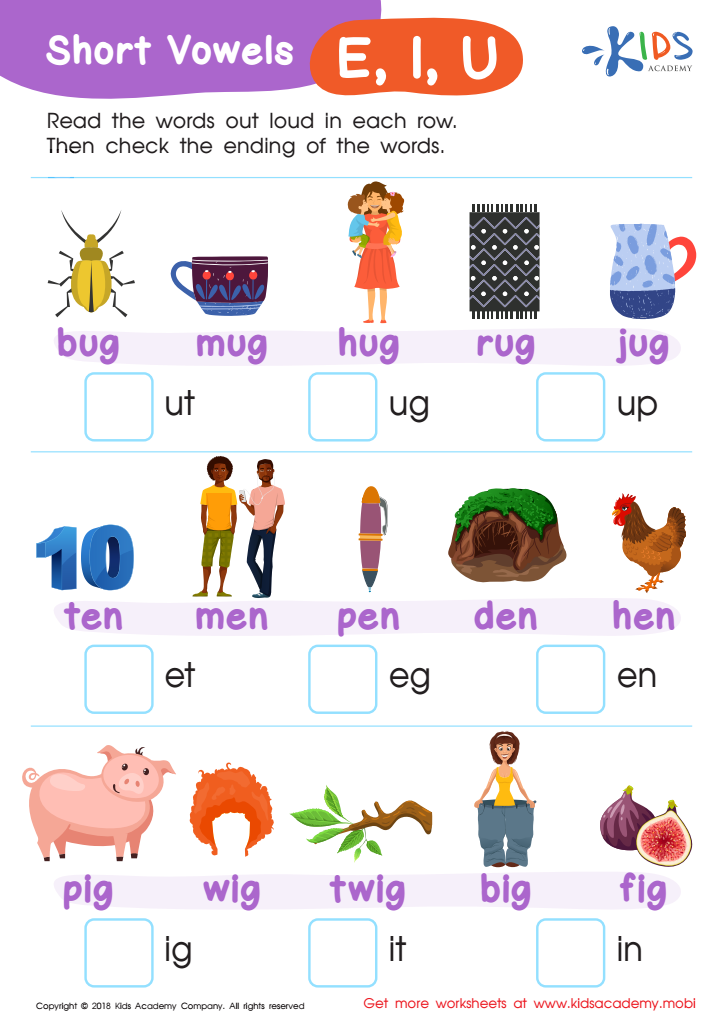

Short Vowels /e/, /i/, and /u/ Worksheet
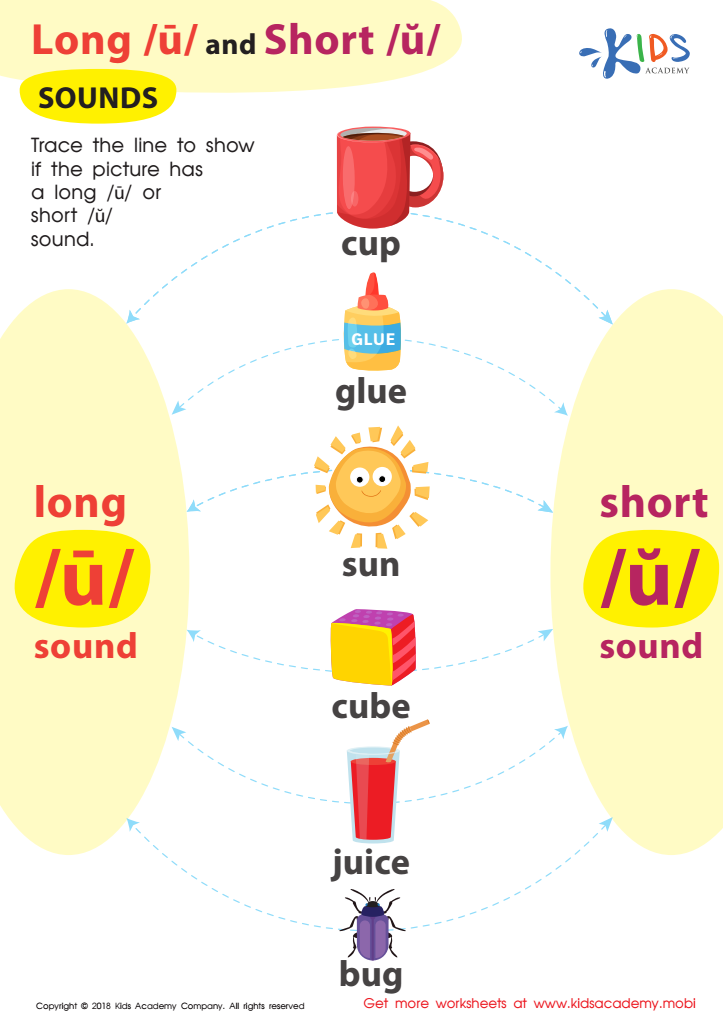

Reading: Long U and Short U Sounds Worksheet
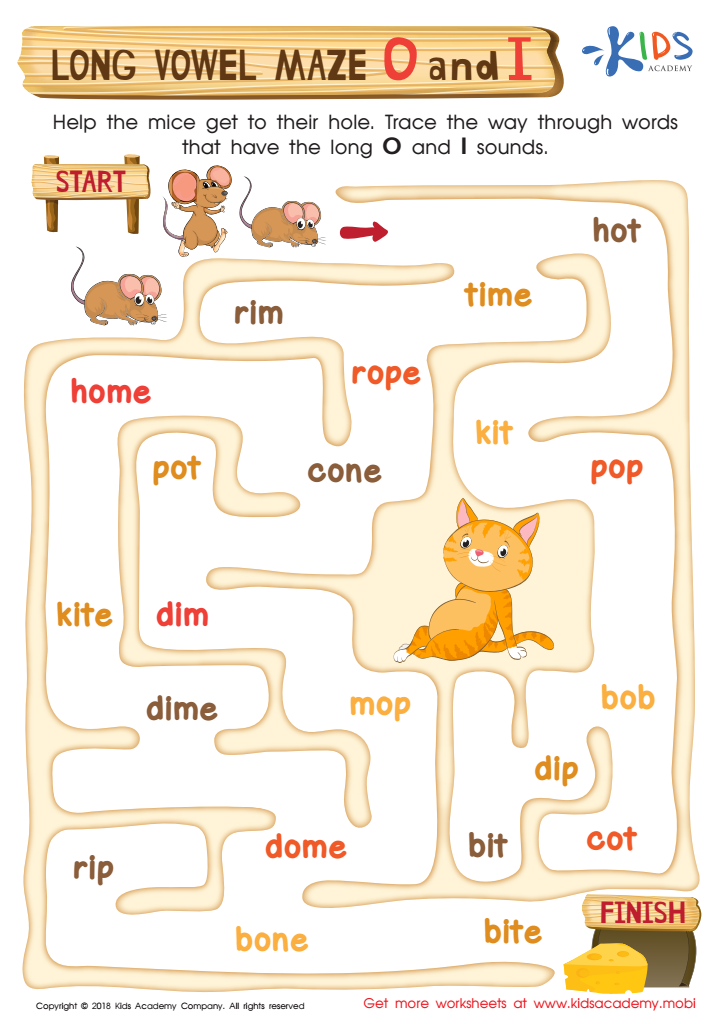

Long Vowel Maze /o/ and /i/ Worksheet
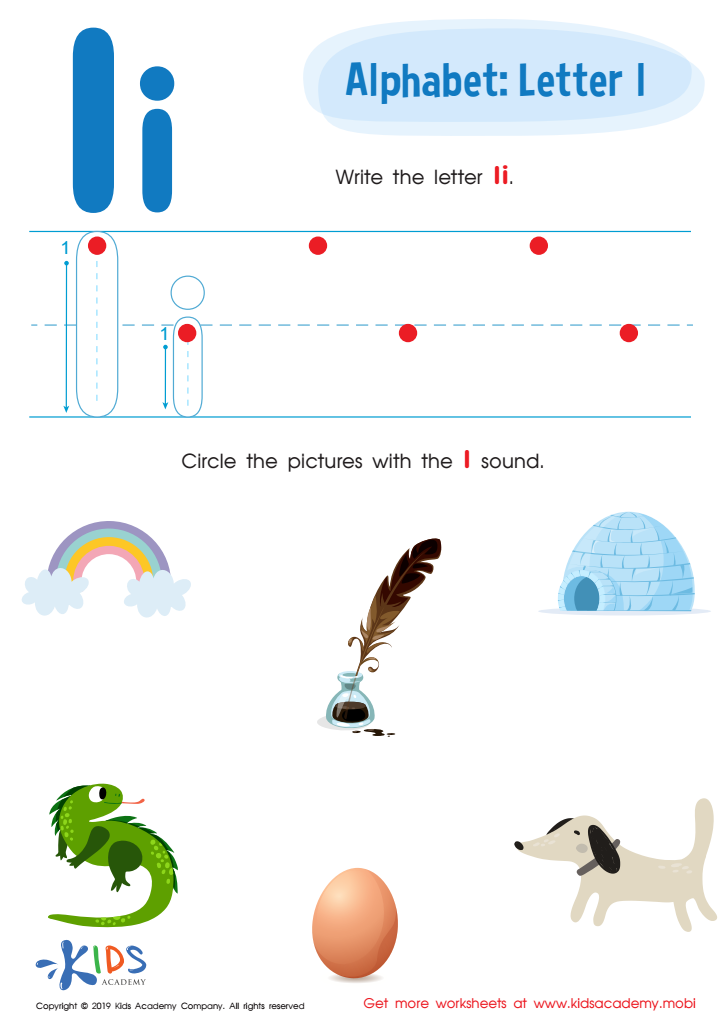

Letter I Tracing Worksheet
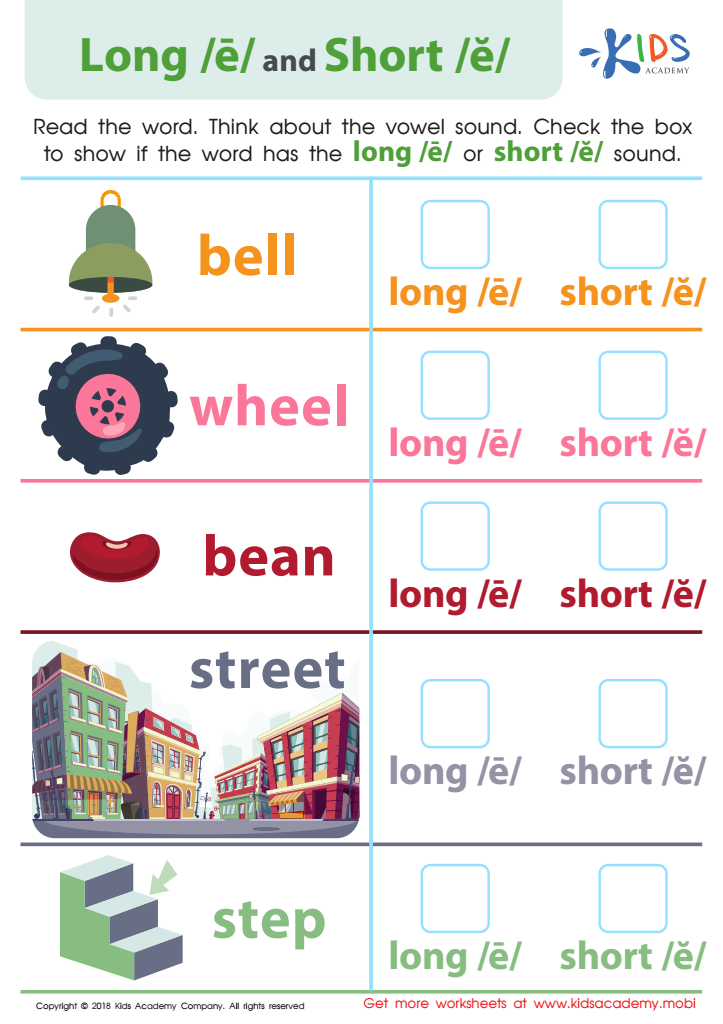

Reading: Long E and Short E Worksheet
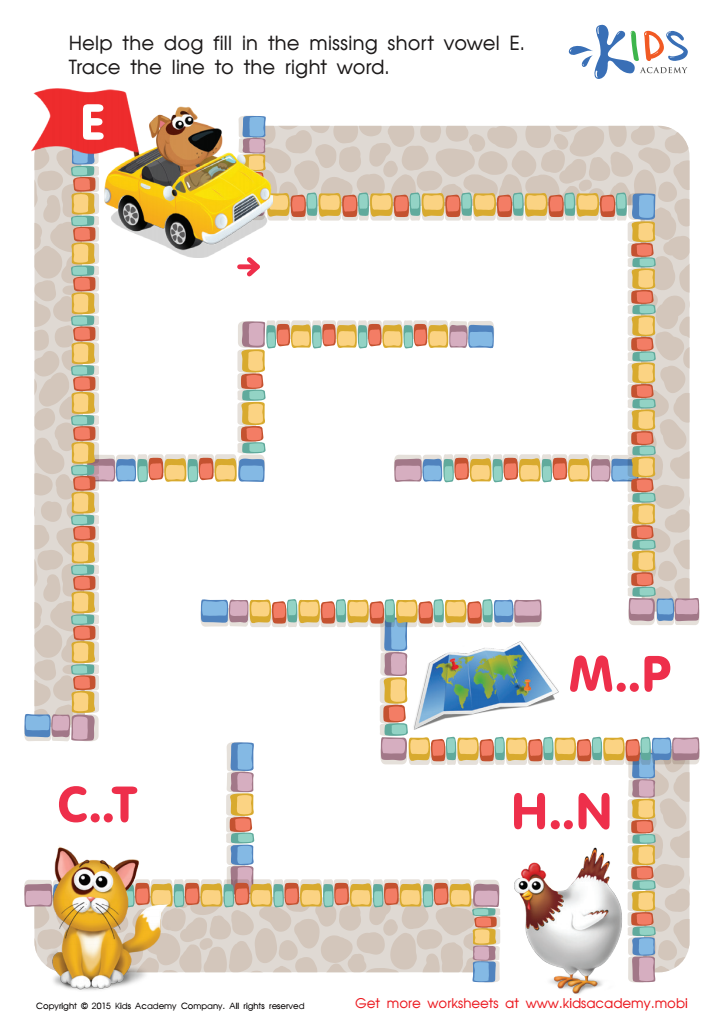

Short Vowel Sound E Worksheet
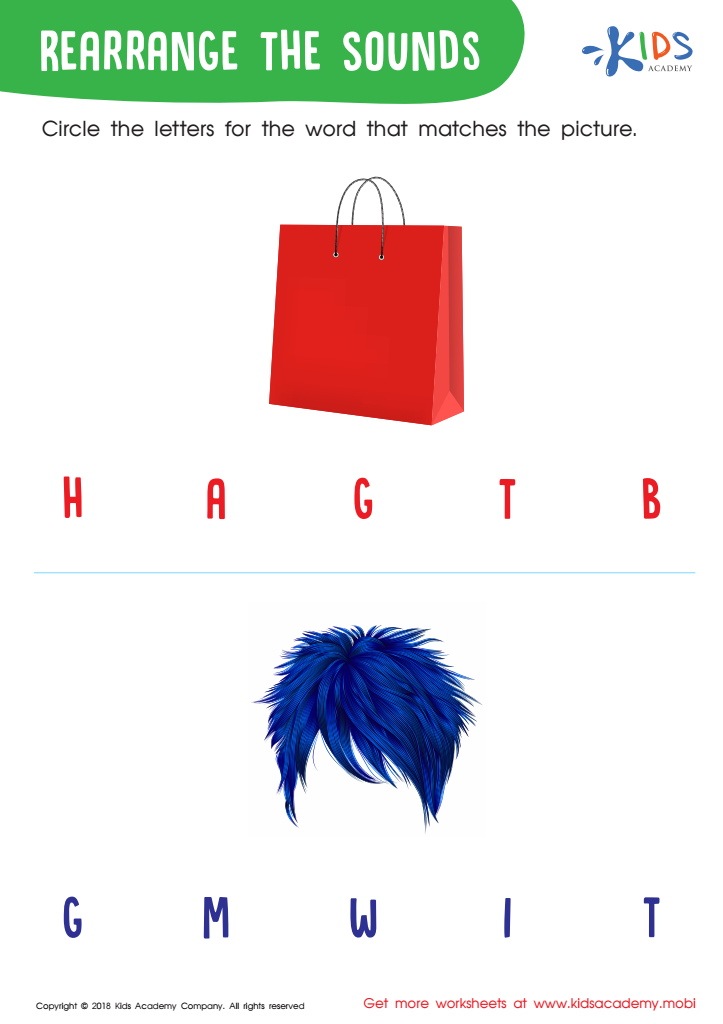

Rearrange the Sounds Worksheet
Phonics skills and letter recognition are the foundation of early reading and literacy, making them crucial for children aged 6-9. At this developmental stage, children are in a critical period for language acquisition and cognitive development. Mastery of phonics enables children to decode words, improve reading fluency, and enhance comprehension skills. Essentially, understanding the relationship between letters and sounds helps children read smoothly and accurately.
Letter recognition, an integral part of phonics, allows children to distinguish between different letters and understand their corresponding sounds. This skill is vital for word formation and spelling, directly contributing to vocabulary expansion. When children struggle with these skills, they may face difficulties in reading, which can hinder their academic growth and diminish their self-confidence.
For teachers, emphasizing phonics and letter recognition in the classroom sets the foundation for a love of reading and lifelong learning. For parents, engaging in activities that bolster these skills—such as reading aloud, playing phonics games, or using educational apps—reinforces classroom learning and strengthens the parent-child bond through shared educational experiences. By prioritizing phonics and letter recognition, parents and teachers are investing in a child's future academic success and overall intellectual development.
 Assign to My Students
Assign to My Students

